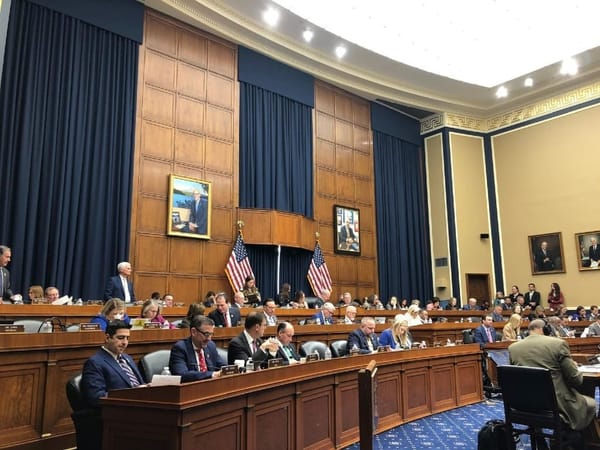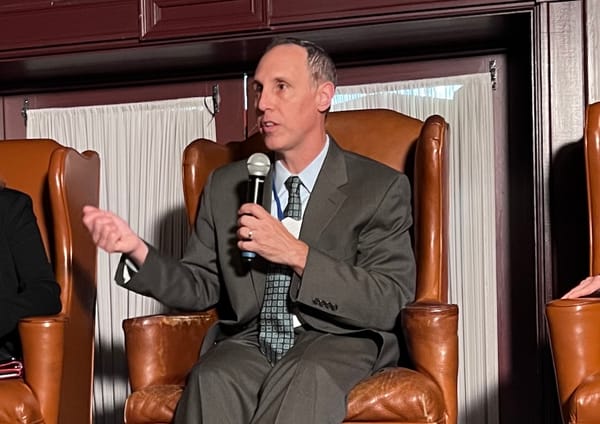Broadband Prices Decline as Speeds Surge, USTelecom Reports
Still, a TPI study finds nominal prices for some speed tiers rose faster than inflation.

Still, a TPI study finds nominal prices for some speed tiers rose faster than inflation.

WASHINGTON, Dec. 19, 2024 – Broadband prices have plummeted nearly 60% in real terms over the last decade, according to USTelecom’s latest report.
While adjusting for inflation, USTelecom’s 2024 Broadband Price Index highlighted significant long-term price declines in broadband services, with prices for popular speed tiers — between 100 Megabits per second (Mbps) and 940 Mbps — falling 59.9% in real terms since 2015, coupled with faster speeds and improved consumer value.
The USTelecom report, authored by founder of Telcodata and Business Planning Arthur Menko, analyzed pricing trends using data from the Federal Communications Commission. It found prices for those same plans dropped 9.4% year-over-year when adjusted for inflation. Meanwhile, Gigabit offerings saw a 3.9% real price decline in the same period.

What constitutes an 'invidious' DEI policy in regulators' eyes?

Democrats warn the law will fall flat without a functional FTC to enforce it.

Providers had asked for several changes, including to how the agency determined the presence of unsubsidized competitors.

Supporters argue the bill would preserve agency expertise in complex rulemaking